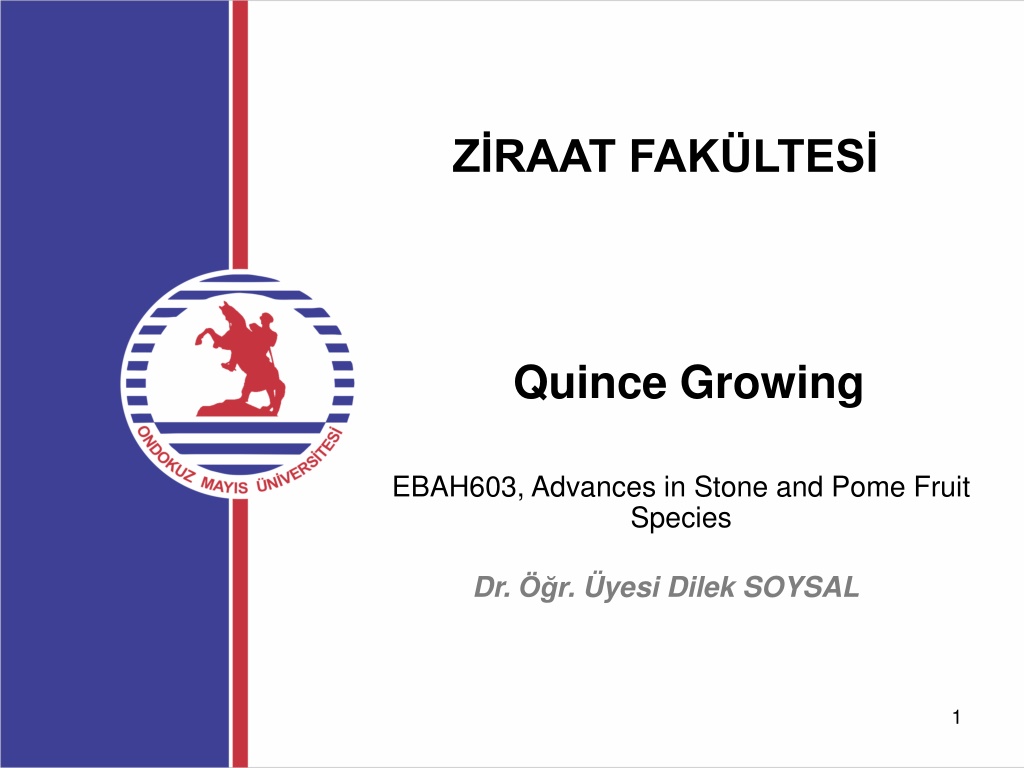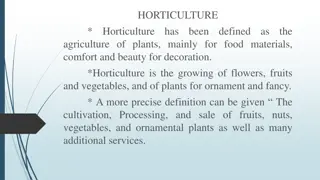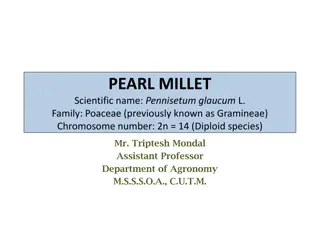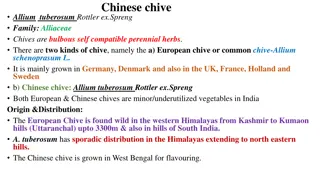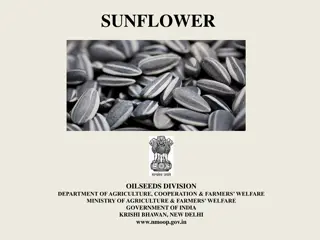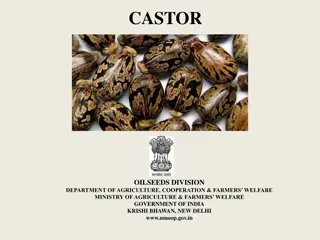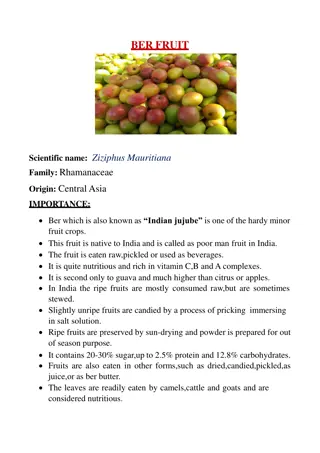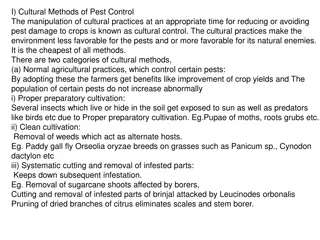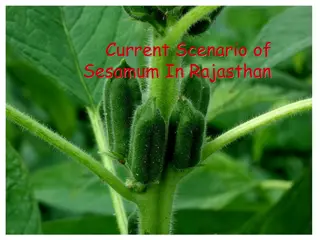Insights into Quince: Growth, Cultivation, and Economic Importance
Quince, a lesser-known pome fruit, has historical roots and is cultivated in specific regions. This article delves into the growth practices of quince, its taxonomy, varieties within the Cydonia genus, native habitats, and economic significance. Understand the unique characteristics of quince fruit, including its firm texture, storage needs, and culinary applications in various climates.
Download Presentation

Please find below an Image/Link to download the presentation.
The content on the website is provided AS IS for your information and personal use only. It may not be sold, licensed, or shared on other websites without obtaining consent from the author. Download presentation by click this link. If you encounter any issues during the download, it is possible that the publisher has removed the file from their server.
E N D
Presentation Transcript
ZRAAT FAKLTES Quince Growing EBAH603, Advances in Stone and Pome Fruit Species Dr. r. yesi Dilek SOYSAL 1
Quince Growing The establishment of closed pear orchards in Turkey is very new. Until recently, most of the production was from mixed orchards, trees obtained by grafting wild pear or wild pears in or around the field, and finally trees grown in the same way in vineyards. In short, pear trees were grown mixed with the important plant species of the region, and therefore were pushed into the background. 2
Quince (Cydonia oblanga Mill.), a temperate climate fruit, is less cultivated than other fruit species. In many countries of the world, quince production is either not made at all or very little. Consumption of quince fruit also not as common as cores. Quince is a type of pome fruit. The genus name of quince, Cydonia, comes from Cydon, the old name of a city on the island of Crete. The place of quince in plant systematic is as follows: Team : Rosales Family: Rosaceae Subfamily: Pomoideae Genus: Cydonia Species: Cydonia oblanga Mill. Cydonia vulgaris Persian. Pyrus cydonia Linn. 3
Other than this species in the genus Cydonia, C. japonica Persian, which is used especially as an ornamental plant. and C. maulei Moore. These species are grown in parks and gardens as ornamental plants.According to fruit shape, quinces; C. oblanga var. pyriformis (pear-shaped quinces) and C. oblanga var. Maliformis (apple-shaped quinces) is divided into 2 varieties. 4
It is reported that quince is a native plant of Northern Iran, around the Caspian Sea, South Caucasus, Khorasan and Anatolia. Some botanists have mentioned that the quince is found in the wild in the Crimea and Northern Greece. Also, wild quinces are found in Turkestan, southern parts of Arabia, Syria; It has also spread in Eastern Europe, Italy, South Western Europe and Algeria. 5
The Economic Importance of Quince Quince grown in temperate and subtropical climatic conditions can be consumed as table food because its fruits are soft and juicy. However, in cool regions, quince is kept in storage for a few weeks as it is hard, sandy and suffocating right after harvest. Thus, the flesh of the fruit becomes soft, the suffocating decreases and it becomes edible. 6
